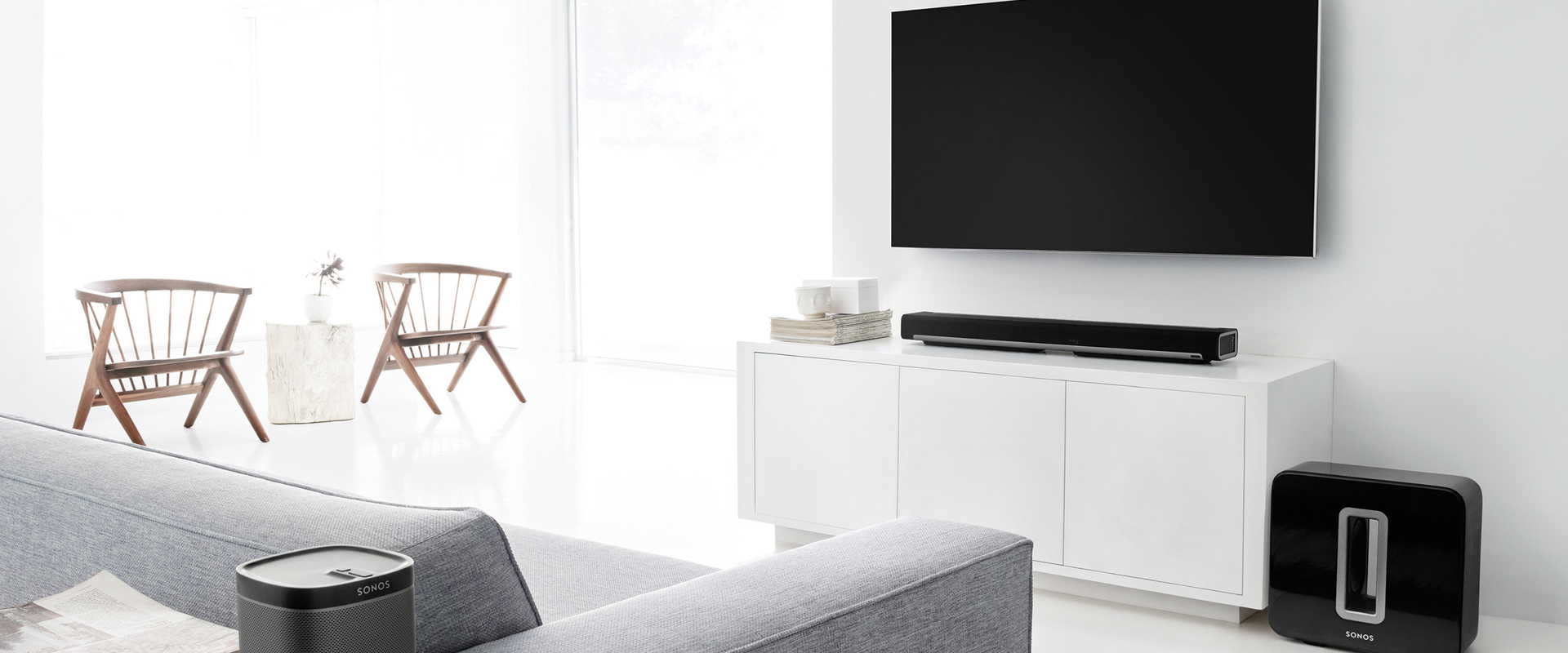Highlighting the Influence of Lighting Conditions on Motion Identification Accuracy and Dependability
Illumination conditions play a significant role in the way effectively we can perceive movement. Motion detection is a key component of different technologies, such as surveillance cameras, automated illumination systems, and even some gaming applications. Understanding how different illumination environments influence our capacity to detect motion can assist enhance the design and effectiveness of these systems. For instance, poor illumination might lead to overlooked movements or incorrect alerts, while ideal lighting can enhance the accuracy of movement detection technologies.In bright illumination environments, movement detection is typically more reliable. When there is ample illumination, sensors and cameras can capture clearer images, which assists in recognizing moving objects. Bright environments allow for better distinction between the moving object and the background. This contrast is essential for both visual observers and mechanical technologies, as it makes it easier to distinguish between static and moving objects in a setting. Thus, making sure that areas are adequately illuminated can greatly enhance the effectiveness of motion detection technologies.
Conversely, low-light conditions can present challenges for movement detection. In dim environments, shadows can hide moving elements, making them hard to detect. Additionally, the human eye faces challenges to perceive motion in dim conditions, which can result in misunderstanding of what is happening in the surroundings. Cameras may also encounter their explanation difficulties, as many do not perform well in dim conditions without the use of infrared technology or other enhancements. These restrictions highlight the importance of sufficient lighting in environments where movement detection is critical.
Moreover, various types of lighting can have different impacts on movement detection. For instance, neon lights can flash, which can confuse movement detection systems that depend on consistent light sources. On the other hand, daylight provides a steady source of lighting that enhances clarity. Understanding these variations in lighting conditions can guide users in selecting the most appropriate illumination for specific applications, especially in surveillance and surveillance situations.

In conclusion, the connection between illumination environments and motion detection accuracy is important. By making sure that settings are appropriately lit, we can enhance the dependability of movement detection technologies. This understanding not only supports technological applications but also improves safety and security in multiple environments. As further developments are made in motion detection technology, considering illumination environments will continue to be a click to find out more crucial consideration in optimizing performance and ensuring that these systems function properly in various environments.